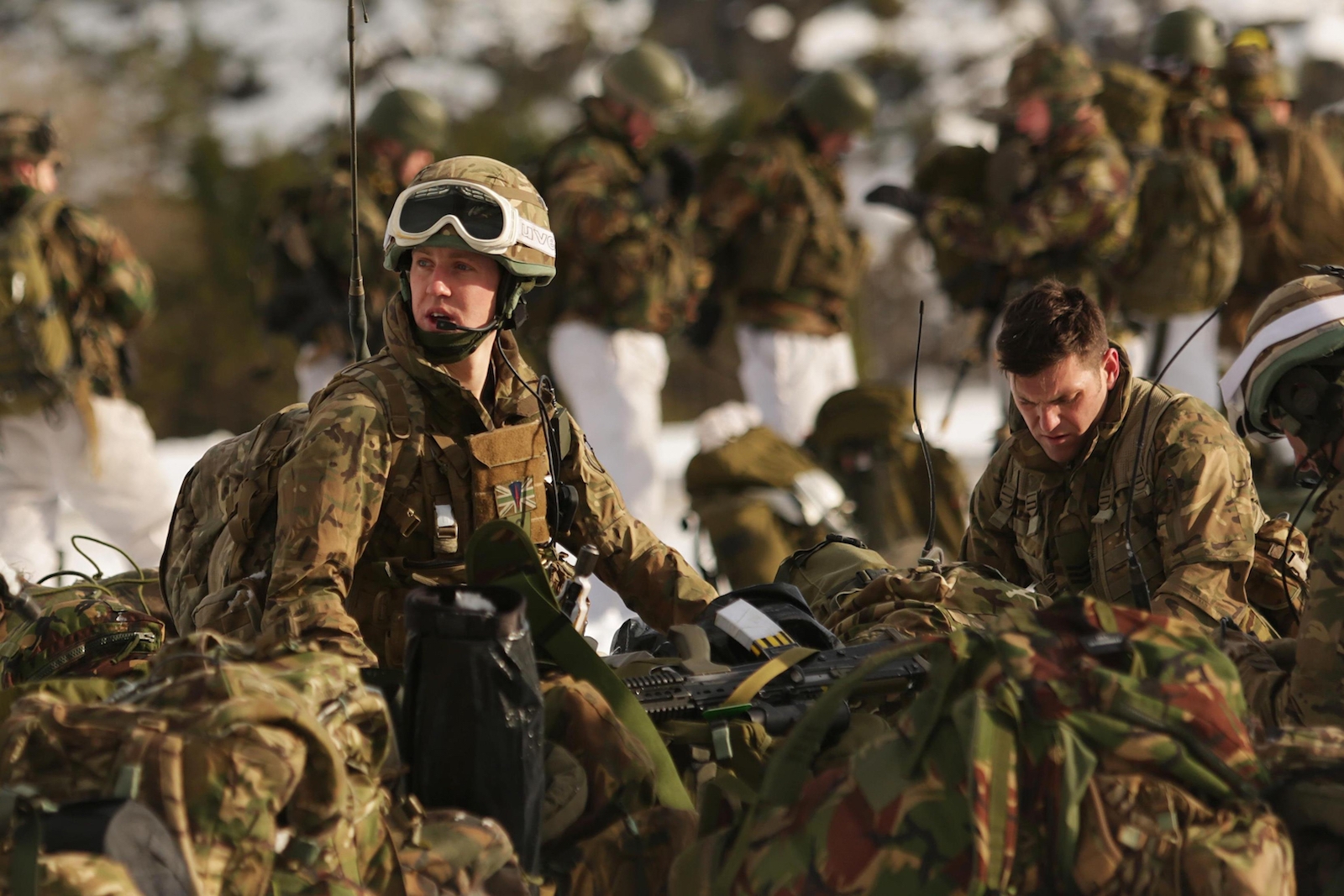
Cold, Yet Beautiful, Arctic Might Become Target of War Machines
The human race has experienced many devastating wars and is not ready to experience one more. However, the developing disputes and incidents in the Arctic region indicate that another devastating war might occur.
The Arctic region is located around the North Pole and is surrounded by Canadian, Danish (via Greenland), Russian, Norwegian, and U.S. landmasses. Since the Arctic region was “inaccessible” until the end of the 20th century because of the layers of thick ice, there were fewer territorial disputes until the beginning of the 21st century. However, the ice is melting rapidly in the Arctic region because of global warming.
With the rapid melting of ice in the Arctic, the long-isolated region is becoming a more accessible zone for commercial fishing, freshwater, minerals, coal, iron, copper, oil, gas, and shipping. Thus, the region is increasingly catching the world powers’ attention and the aforementioned five Arctic countries are rushing to exploit all these opportunities in the region. These circumstances have given rise to disputes among the aforementioned five countries.
In the prevailing scenario, all the Arctic countries, which are involved in territorial and maritime disputes, have been moving towards militarizing the region in order to secure each of their respective interests in the region. Former Norwegian Foreign Secretary Jonas Gahr Støre and former Canadian Prime Minister Stephen Harper had, during their tenures, expressed that their countries are eager to maintain a hold on the claimed territories and increase their military presence in the region. While Canada has been annually conducting large-scale military exercises, known as Operation Nanook, within the Arctic periphery, it has also been participating in the Norway-led “Cold Response” military exercises.
Norway has been hosting the “Cold Response” military exercises for several years and the NATO countries are invited to participate. The fact that these exercises have been taking place within the Arctic periphery shows that the Arctic countries are militarily preparing themselves in order to safeguard their interests within the region in case of any future military escalation. This year’s “Cold Response” exercise took place in Norway’s Trondheim region, which is only 500 kilometres from the Arctic Circle, and included approximately 15 000 soldiers from various countries, including four of the five Arctic states (Canada, Denmark, the U.S., and Norway).
In August 2015, another Arctic state, the U.S., permitted Shell to drill for oil in the Chukchi Sea, which falls within the periphery of the Alaskan Arctic. The U.S. Coast Guard had deployed sophisticated ships, aircraft, and other maritime assets in the Alaskan Arctic for the duration of Shell’s drilling in the Arctic. However, after months of exploration drilling Shell declared it will officially stop its exploratory drilling for the “foreseeable future.”
In 2007, Russian scientists dived to the seabed in the Arctic Ocean and planted a titanium Russian flag (Russia claimed that it was the flag of Russia’s ruling party) in order to beef up their claims. Russia has already moved to restore a Soviet-era military base and other military outposts in the Arctic.
In December 2014, Russia established the Arctic Joint Strategic Command in order to protect Russian interests in the Arctic region and the Russian Northern Fleet has become the new Command’s main striking force. Questions arose about the establishment of a Strategic Command, which is usually reserved for wartime, instead of establishing a core Military District.
Later, in early 2015, Russia exercised military patrols in the Arctic from its Northern Fleet, involving thousands of servicemen with several surface ships, submarines, and aircraft. Interestingly, Russia is currently planning to jointly explore oil in Russia’s Arctic fields with China, which is increasingly becoming a strong military power and an economic giant. Through such a move, Russia is trying to make sure that it has a rising military and economic power like China involved in its stake in the Arctic region so that cooperation favors Russia at the time of escalation of any military conflict.
Such militarization of the region is likely to increase with almost all the Arctic countries working toward increasing their military deployments and exercises in the region. Unfortunately, there appears little hope for the opportunity for any diplomatic resolution (or political agreement) regarding the disputes. It can be presumed that without diplomatic resolutions, the current non-hostile disputes over the Arctic could result in confrontations.
It seems our globe does not lack reasons to engage in chaos. The two world wars began as European conflicts, only to turn gradually into world wars. Likewise, if the disputes over the control of Arctic resources are not resolved quickly, they could turn into a larger military conflict that would not just involve the Arctic countries, but would also drag a larger part of the world into this conflict, which could mean the cold, yet beautiful, Arctic region could become the target of war machines – destroying the environment and the stability of the region and the globe.

